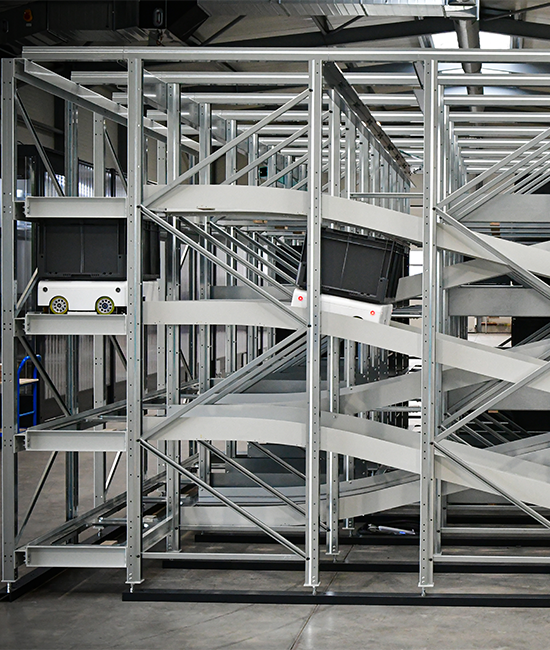Nanofulfillment is a logistics model that places small-scale distribution within an hour of delivery to the consumer. A nanofulfillment center might be as small as 800 square feet, and yet also be a fully automated, standalone warehousing operation. Multiple nanofulfillment operations, owned by different companies or targeting different demographics, might occupy a previously vacated corner store, or a single nanofulfillment center might sit in a corner of a still-operating big-box store.
For many in the industry, both microfulfillment and nanofulfillment are seen as ways to create a lean fulfillment operation. Instead of focusing on large-scale warehousing at distant facilities, both microfulfillment and nanofulfillment can allow merchants to store a limited amount of goods as close to the consumer as possible, saving on cost and preventing many of the logistical hassles associated with warehousing and distribution. For small-scale operations especially, micro- and nano- solutions lower the barriers to entry.
At PeakLogix, we’re a brand agnostic material handling systems integrator that specializes in innovative, bespoke automated solutions. By partnering with us, you can increase the consistency and efficiency of your distribution processes, from inbound receiving to outbound shipments and everything in between. We deliver customized solutions tailored to our partner’s needs that address issues ranging from ergonomics and employee safety to fully automated warehousing solutions.


